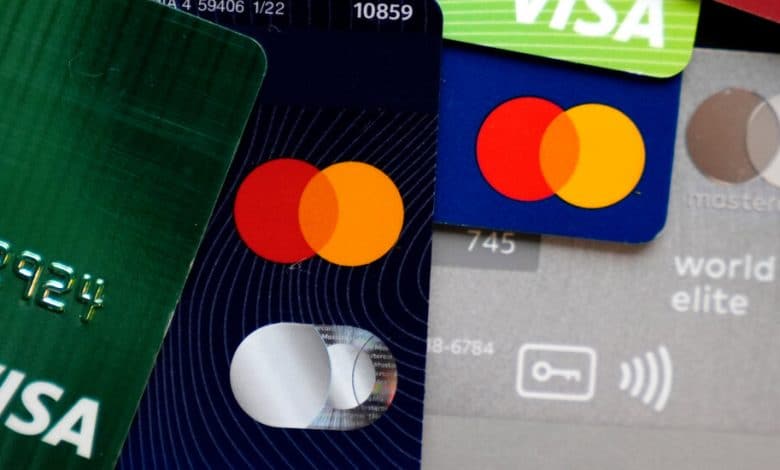Visa and Mastercard Agree to Cap Swipe Fees in Settlement

Visa and Mastercard have agreed to cap the so-called swipe fees they charge to merchants that accept their credit cards, as part of a class-action settlement that could save merchants an estimated $30 billion over five years — the latest development in a nearly 20-year legal battle.
Each time a customer uses one of its credit cards, Visa or Mastercard collects a swipe fee — also called an interchange fee — for processing the transaction, which it shares with banks issuing the cards. The merchants pass those fees along to customers, a practice that effectively inflates prices (and may motivate discounts given to customers paying with cash).
The settlement, which was announced on Tuesday and is subject to court approval, can be traced back to a 2005 lawsuit by merchants arguing that they paid excessive fees to accept Visa and Mastercard credit cards.
As more consumer spending has shifted to credit cards over the years, processing fees have also risen. To accept Visa and Mastercard, U.S. merchants paid $101 billion in total fees in 2023, including $72 billion in interchange fees, according to the Nilson Report, which tracks the payments industry. The fees also generate profits for big banks that issue the cards, and indirectly pay for credit card rewards programs, which aren’t expected to be affected by the settlement deal.
In addition to putting a ceiling on the swipe fees — an average of 2.26 percent of the transaction, according to Nilson — Visa and Mastercard agreed to roll back the posted swipe fee of every merchant by at least 0.04 percentage points for at least three years. For five years, the companies will not raise the fees above the posted rates at the end of last year. Systemwide, the average fee must be at least 0.07 percentage points below the current average rate, a calculation that an independent auditor will verify.
Merchants will also be permitted to adjust their prices based on the costs associated with accepting different cards, while letting customers know why some cards — typically business cards and those with more rewards and perks — cost more than others.
